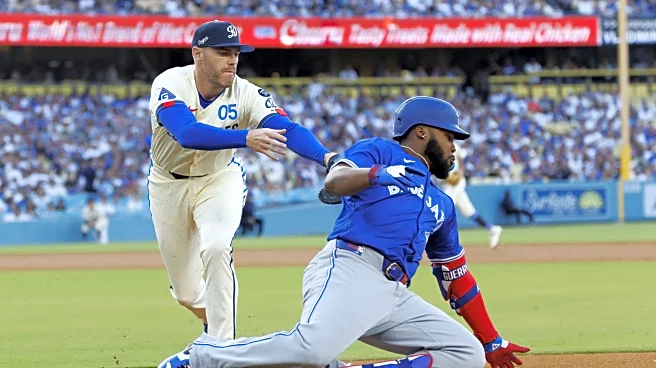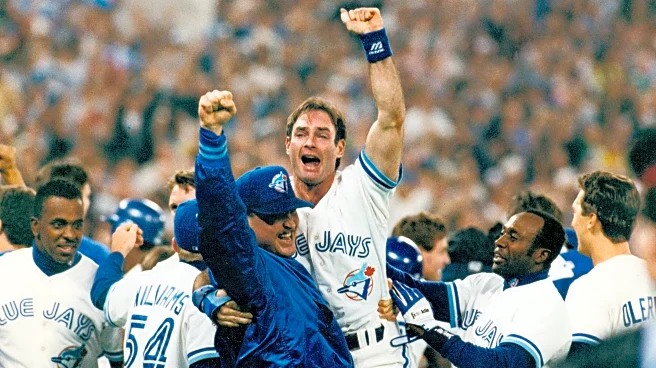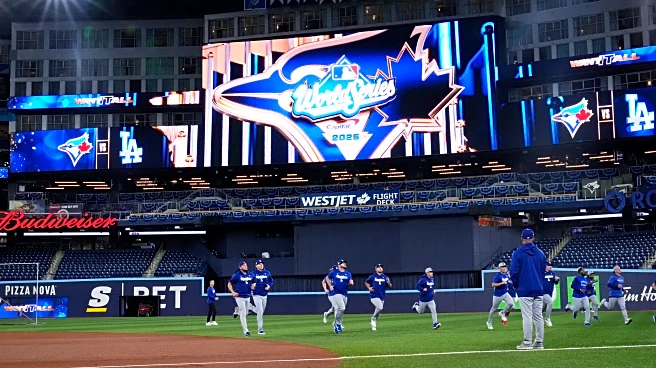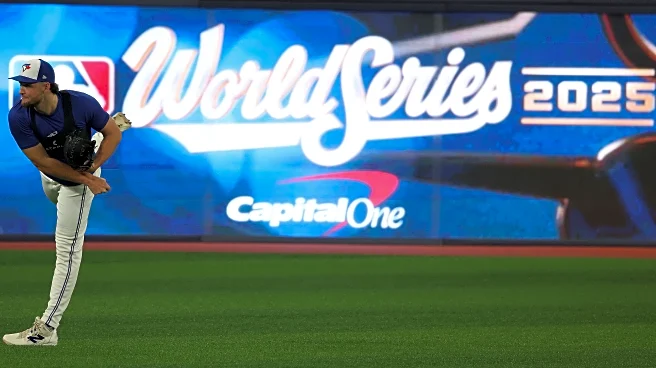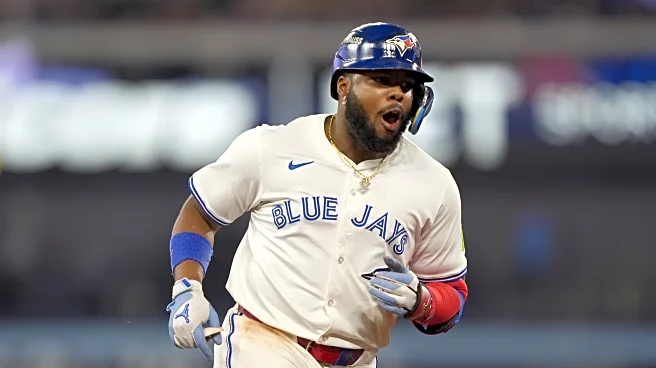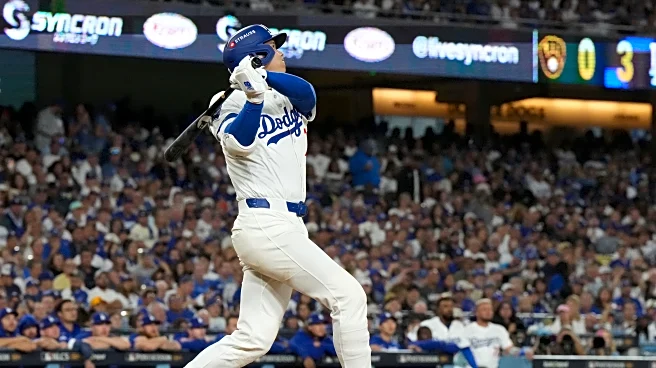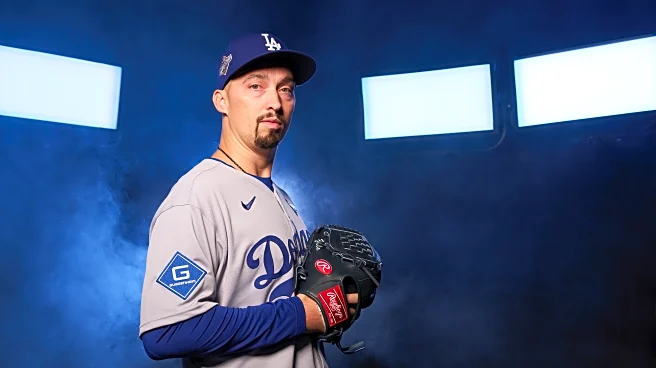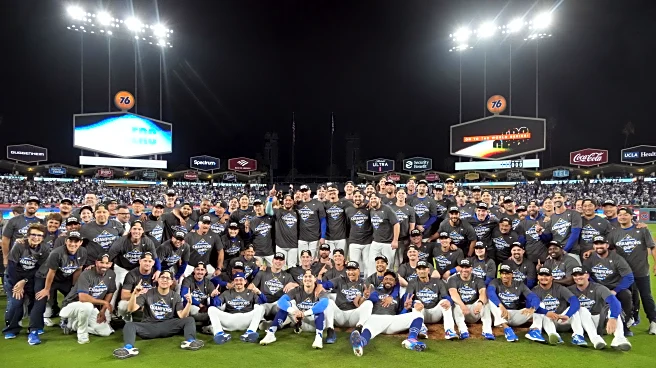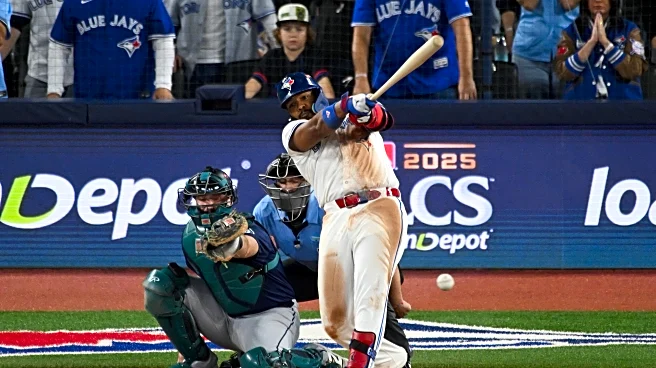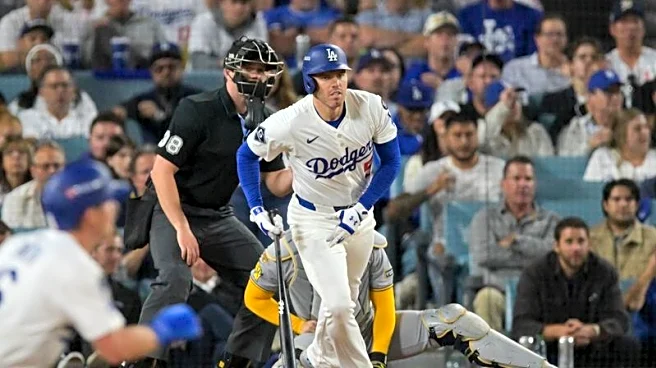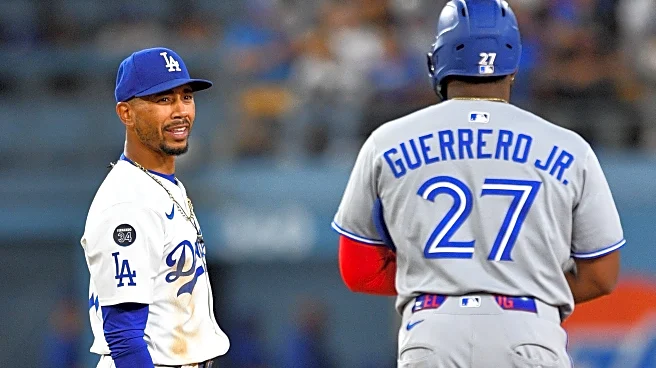We have a Fall Classic matchup between the National League’s chalk pick and one of the more surprising American League winners, at least based on preseason projections. The Toronto Blue Jays will welcome
the reigning and defending World Series champion Dodgers tonight for the first Fall Classic in Canada since 1993, and the big face-off will be the Jays’ hot lineup against LA’s suffocating starting pitching. Of course the California delegation boasts their own talented group of hitters, so let’s dive into the guys that will be in the batter’s box for this series, which begins tonight at 8pm ET.
Neither team sees a significant dropoff facing lefties or righties, key for Toronto when they’ll deal with southpaw Blake Snell and righthander Yoshinobu Yamamoto in the first two games of the series — no small task, given Snell’s sparkling 0.86 ERA and 28 strikeouts in 21 innings this postseason, and Yamamoto on the heels of a complete-game gem in Milwaukee. The Jays see just eight points of OPS difference on the platoon side, while the Dodgers have just five points. There’s no way to stream relievers throwing from one side here, which makes managerial decisions even more important — and neither John Schneider nor Dave Roberts are known for their flawless bullpen management.
The Dodgers do show some vulnerability away from Chavez Ravine, going from well above league average (121 sOPS+) at home to a 105 mark away, which may increase the relative value of Toronto’s home-field advantage. The Jays, like most teams, hit better at home as well but without quite the stark difference of their opponents, and as the ALCS just demonstrated, getting that extra game at the Rogers Centre could lead to more Toronto heroics, à la George Springer.
Perhaps the biggest key for Toronto is just how dangerous the top three hitters in LA’s order are, with Shohei Ohtani, Mookie Betts, and Freddie Freeman representing one of the best trio of batters on the same team we’ve seen in some time. Naturally, this makes the first inning of each game a bigger deal, since that’s the only time you’re guaranteed to have all three come up in a row, and unlike a lot of postseason matchups, the starting pitcher becomes proportionally more important.
The Brewers found that out the hard way in the final two games of their season as they desperately tried to stay alive in the NLCS, with Ohtani tripling and Betts doubling to quickly put LA ahead in Game 3, and Ohtani homering to lead off the Game 4 clincher.
Ace Kevin Gausman and rookie Trey Yesavage—who will get the Game 1 start since Gausman relieved in ALCS Game 7—will more or less be tasked with handling those three guys twice over. And while George Springer, Nathan Lukes, and Vladimir Guerrero Jr. are a hell of a top three in their own right, it’s not quite three future Hall of Famers.
However, once you get past those top three Dodgers — again, no easy task — the depth of the Jays lineup actually outpaces LA. We tend to think of this generation of Los Angeles teams as a perpetual motion machine, nine or ten or eleven guys who will all be a pain to face as a pitcher. The NL champions are still better than most, but their 6-9 hitters reach base less often than Toronto’s, with only the No. 9 hole of the Jays OBP’ing worse. There’s not nearly as much power in the end of the lineup, but the Jays’ bottom of the order grinds you down in a way we’re not used to seeing from the nominal worst hitters on the team.
That OBP from the bottom of the order also helps set up moments like Springer’s Game 7 home run, and on the other side, helps explain why Ohtani had 55 home runs this year but “just” 102 RBI, why he scored so many more runs than he drove in. When Ohtani or Betts come to the plate, there aren’t nearly as many opportunities with men on as there generally are for the top of the Jays’ lineup.
I think most people would consider the Dodgers the favorites in this series, and I can’t blame you if you’re one of them. The two keys for the Jays are finding ways to grind down LA’s starting pitching advantage, and limiting the damage of the MVP triplicate. Both easier said than done of course, but the home/road splits and especially the chances the Jays create with such a deep lineup make everything a little closer than what we saw in the NLCS.
